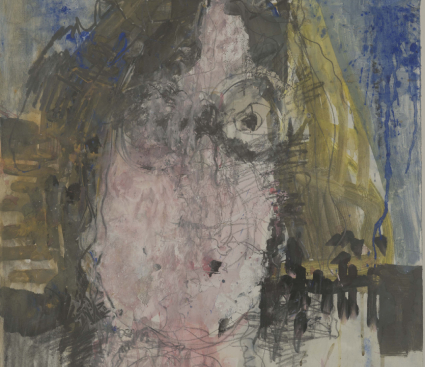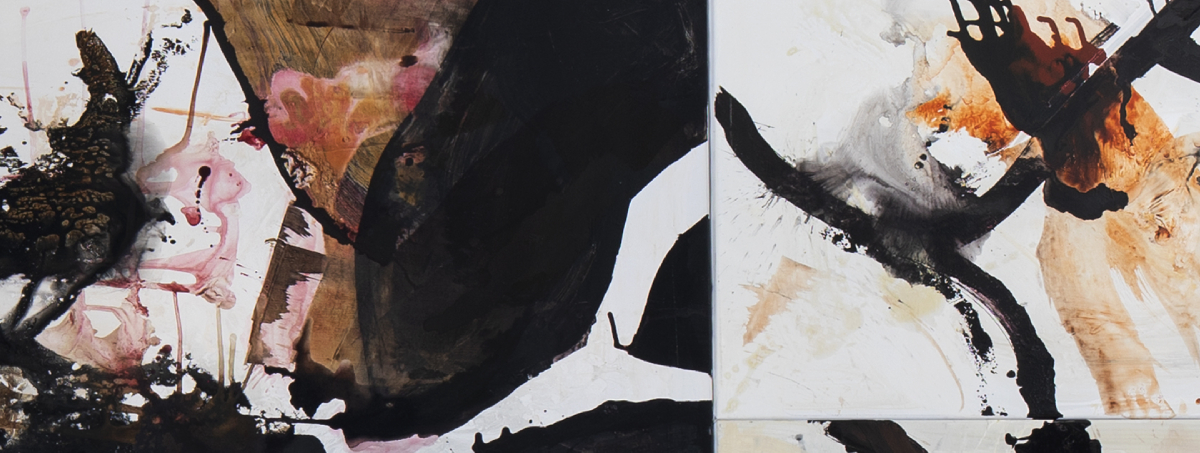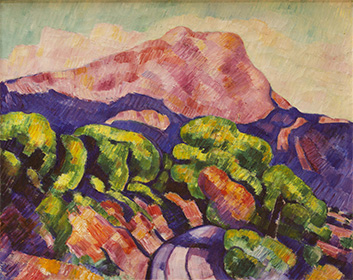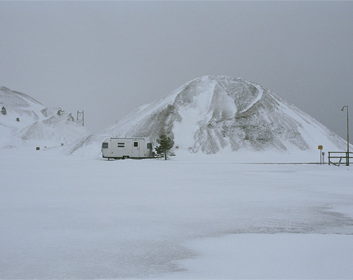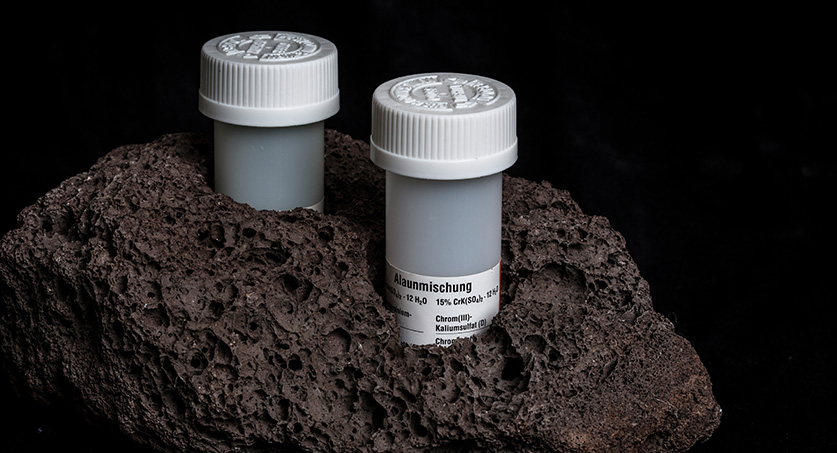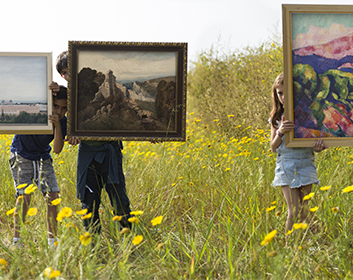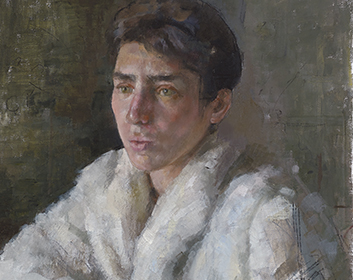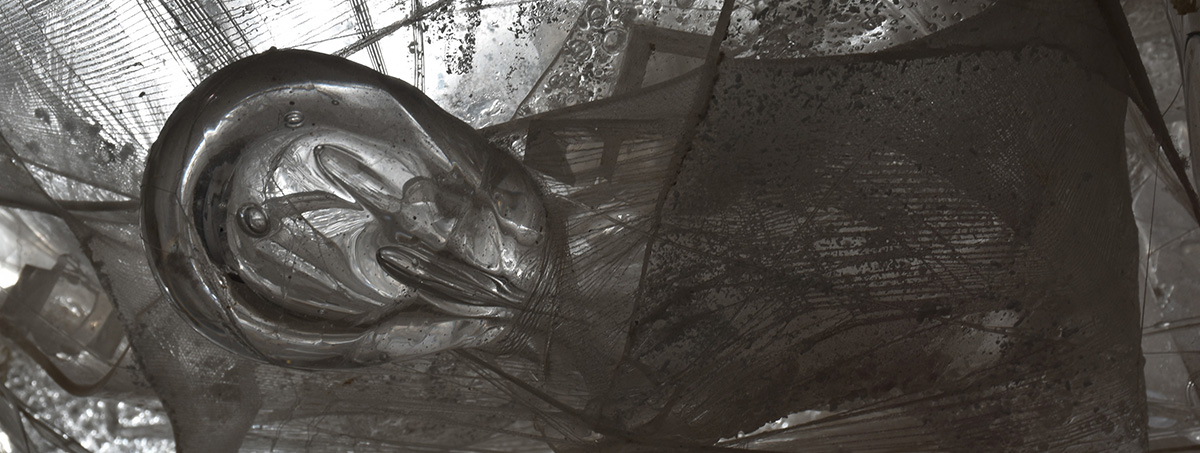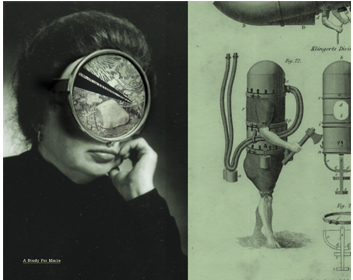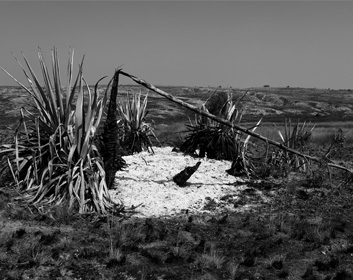-
Hannah Levi
Throughout her working career in Israel, from the 1930s through the 1990s, the artist Hannah Levi (1914–2006) was held in high esteem among the community of artists, curators, and art critics. Despite this, she was unable to break out beyond the relatively limited public that was aware of her work, and as a result her exhibitions were usually held at remote venues at the fringes of the Israeli art scene. Her friend, the painter Lea Nikel, expressed her great appreciation for Levi by calling
read more >> -
Tsibi Geva
Never more shall I be the one who hears the fragile noise. – Avot Yeshurun, “Never Again” The three components of Tsibi Geva’s large installation, which together make up a spectrum between painting and sculpture, collectively form a complete mental space. The connections forged between them reflect Geva’s view of the internal refractions of existence in the world as a conceptual, physical, and emotional phenomenon. The pieces on view contain in compressed
read more >> -
Marsden Hartley
A painting by Marsden Hartley (1877–1943) from the Jacob Alkow collection at the Herzliya Museum of Contemporary Art, Mont Sainte-Victoire (1927), is a work of personal expression as well as the embodiment of something universal. It is an image of an inner and external place, of longing, of beginning and end. Its exhibition next to another painting by Hartley from the same collection – Mechanics Fixing a Truck Engine (1936–40) – renders present
read more >> -
Gregory Abou
For his project on display at the Herzliya Museum of Contemporary Art, interdisciplinary artist Gregory Abou decided to go to “nowhere” – far away from civilization and familiar life. Born in 1974 in the town of Melun near Paris, Abou decided in 2009 to head northward, “to the most northerly place possible,” well outside western, central Europe, away from the urban masses and the artistic milieu. Instinctively, he chose the Swedish island of Gotland, whose name brings to mind “God’s
read more >> -
Hila Amram | Keshet Award
Winner of the Keshet Award for Contemporary Art, Founded by the Bar-Gil Avidan Family. Hila Amram embraces all the shades of gray with regard to the DIYBio movement and its members, the biohackers. As free agents who operate without supervision outside the establishment and support free access to information, informal genetic engineering, and equal opportunity for all, biohackers represent enormous creative potential, as well as a devastating
read more >> -
Double Gaze
Young Curators: Dana Bar Or, Aya Edri, Hila Gertel, Romi Hakuk, Shira Heichal, Adi Kirschbaum, Lioz Malachi, Ori Nevo, Daniel O’Cconnor, Yoav Oron, Malka Mona Weiser, Zohar Zidon Adult Curators: Tzion Abraham Hazan, Gali Faber Educational Consultant: Hilla Peled, MUZA Education Wing
read more >> -
Roni Taharlev
Text by Amalia Ziv The figures in Roni Taharlev’s paintings are ambiguous, in two respects: the world that they inhabit is undefined, its historical and geographic coordinates are unclear, and in most instances their gender is unclear and subject to interpretation. These ambiguities are deliberate, and also interrelated. This is an attempt to create portraits that lie on the spectrum between femininity and the masculinity,
read more >> -
Eitan Ben Moshe
At the center of the main space of Eitan Ben Moshe’s exhibition, within a functional-looking, rectangular structure, stands a tabletop that looks like a frozen pool or glacier, on which various transparent objects are placed. It is a spectacle reminiscent of a prophecy of ecological devastation, a chemical experiment that has failed and imploded, or a celebration that has gone terribly wrong. We are invited to enter a dim space lit with a magical glow of refracted light and repeated echoes of
read more >> -
Nivi Alroy
After the Great Flood of 2150, a figure recalling the American cartographer and researcher Marie Tharp sits in her study, hunched over the drawing table, and gazes at her long scrolls, on which she has drawn maps and diagrams of past periods in human art and culture. This is the last remaining spot on earth, which has been almost completely wiped out by glaciers that melted during the “Sixth Extinction.”
read more >> -
Eldad Rafaeli
The current exhibition of works by Eldad Rafaeli (b. 1964) consists of three distinct bodies of work, which collectively present a single continuous, dynamic photographic enterprise, spanning two decades of intensive photography. The series are screened in quick succession, the photographs changing at regular intervals, in chronological order within each series. The soundtrack accompanying the projected images – beats on a large drum – is suggestive of heartbeats, ancient ceremonies, and the
read more >>
